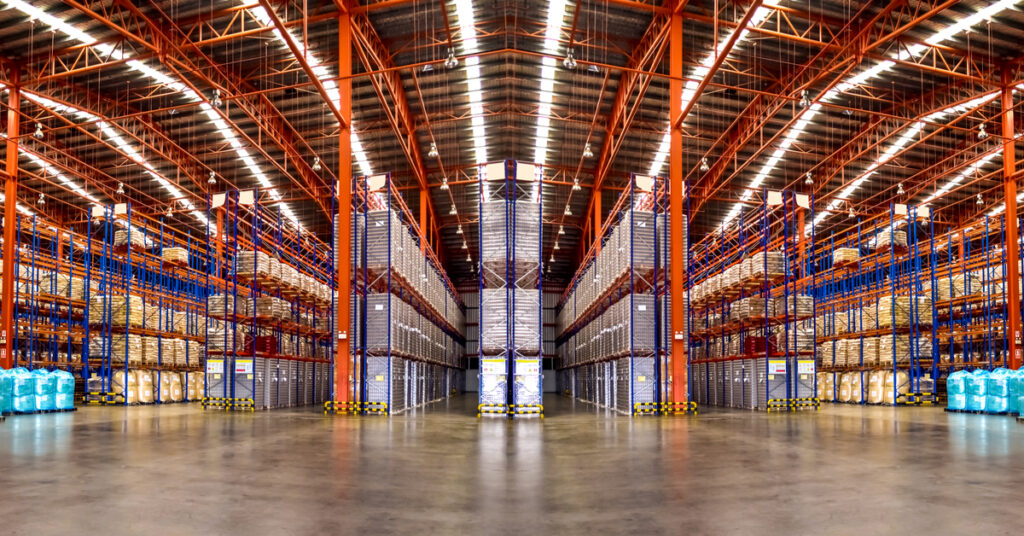The U.S. industrial real estate market is showing signs of cooling, according to a market report released last week by Yardi Matrix. The average price per square foot for an industrial building fell from $137 to $131 between the second and third quarters of this year.
While third-quarter data is not yet finalized, the 4.3% dip is noteworthy since the average sales price has climbed for seven consecutive quarters. It could signal the beginning of a pricing cooldown for a market in which sales volumes have cooled throughout the year. Industrial sales skyrocketed throughout 2021 and reached nearly $50 billion in the fourth quarter alone. Through the first eight months of 2022, however, industrial sales have totaled only $57.6 billion.
Although this represents a significant dip in sales, it’s worth noting that the first two quarters of this year still exceeded pre-pandemic performance during the first two quarters of 2019. The leading industrial markets thus far in 2022 are Los Angeles, Houston, Chicago and California’s Inland Empire, according to the Yardi report. Each of these metros recorded more than $3 billion in sales from January through August.
Notably, Chicago was No. 3 in sales volume at $3.3 billion, but properties there sold for an average of only $89 per square foot. Los Angeles and the Inland Empire, meanwhile, had average per-square-foot prices of $295 and $336, respectively. Most comparable to Chicago was Houston, which recorded $3.4 billion in year-to-date sales with a price per square foot of $149.
And deals keep coming in Houston. JLL Capital Markets announced Monday that it had secured $72 million in financing for an industrial portfolio acquisition across several Houston submarkets. The portfolio totals 711,000 square feet across 23 buildings, which are currently leased to 126 tenants in various industries.
Although cooling is undoubtedly taking place, major deals are still happening, and the Yardi report posited that the industrial market could be bolstered in coming quarters by manufacturing. Many American manufacturers that are struggling with supply chain issues, geopolitical tensions, post-pandemic workplace changes and climate change are choosing or seeking to bring their manufacturing operations back to U.S. soil. Semiconductor manufacturers and renewable energy producers are incentivized by government funding, and the manufacturing sector is currently experiencing a pace of employment growth not seen since 1984.
Author
-

Hannah Darden is the former industry rankings editor at Scotsman Guide Inc.
View all postsGet these articles in your inbox
Sign up for our daily newsletter
Get these articles in your inbox
Sign up for our daily newsletter




















































